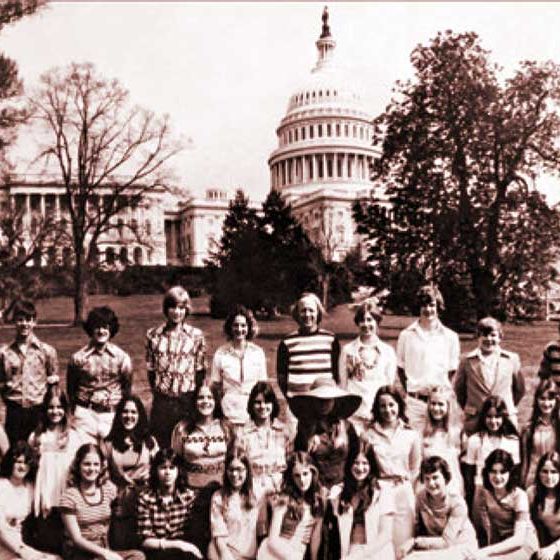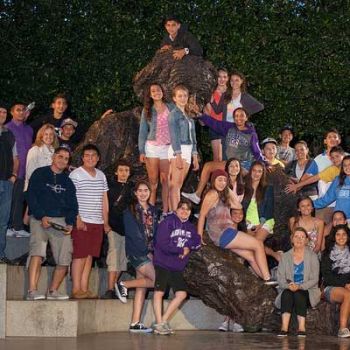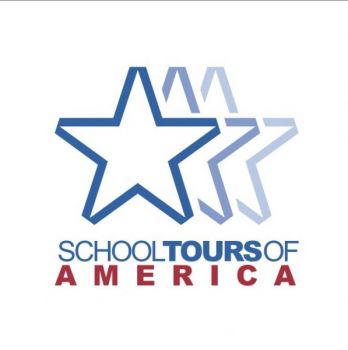School Tours of America
A Uniquely American Story
It started in a small classroom in Texas...
In 1976, charismatic social studies teacher Frank Harvey took his class on a trip from Texas to Washington, DC. Inspired by the effect on his students, Frank soon launched his own educational tour company, American Student Travel (AST). Over the next two decades, AST became the fastest growing and most respected company of its kind, taking over half a million students to the East Coast. Moreover, AST became a highly successful model for start-up companies in an emerging industry of educational travel boutiques.
The hallmark of AST’s success was its personal and customized approach. The company’s educational tour planners treated clients like family because AST was a family. Frank’s son, Lance, also grew up in this family of teachers, spending two decades working in every facet of the industry. Even as AST grew, Frank maintained his personal approach: meeting teachers in Washington, DC, listening to their needs, and quite memorably, giving generous gifts of authentic political memorabilia.

When it all changed…
As the boom of the late 1990s transformed the American economy, educational tours suddenly became big business. Bankers and foreign corporations entered the picture. While do-it-yourself websites replaced traditional travel agencies, the corporations recognized the potential profitability of “educational travel.” The first company they set their sites on was American Student Travel. Over the next ten years, private equity firms, Wall Street banks and foreign investors raced to purchase dozens of the remaining tour companies. The healthy, specialized industry of educational travel was replaced by a small group of enormous conglomerate tour corporations.
The corporatization of educational tours
Corporatization - to be influenced by or take on the features of a large commercial business, especially in being bureaucratic and uncaring
~ Collins Dictionary

The corporatization of educational travel snatched control of the industry from educators like Frank Harvey and handed it to large marketing teams. Investor profits became the top priority and every facet of the tour suffered. Inexperienced guides and coordinators, distant hotels, poor flight schedules, and call centers became standard. Even more frustrating was the emergence of Wall Street pricing tactics, punishing fees and skyrocketing prices.
Frank Harvey’s AST East Coast tours focused on empowering youth and the importance of citizenship, especially for those who couldn't normally afford the experience.
While the corporations attempted to maintain the appearance of these principles, the truth became evident to thousands of veteran tour leaders. A teacher entrusted with the responsibility of chaperoning 150 eighth-graders on a cross-country trip has far too much at stake to leave everything to a faceless corporation. Consequently, hundreds of veteran teachers began to abandon the tour, leaving fewer students able to experience this life-changing opportunity.

Being the change we wish to see...
The investment bankers, however, underestimated the determination of the educators who had built AST alongside Frank. The pioneers of the historic East Coast tour were not interested in compromising its quality in order to deliver more destinations or an inferior product at a higher cost. In 2002, ten of the most experienced and respected educational tour specialists joined forces to form School Tours of America.
Today, Frank Harvey, his son Lance, and the nation’s most experienced tour staff maintain the unique educational qualities of the East Coast tour.
By listening to teachers and rejecting the corporate tour one-size-fits-all model, School Tours of America preserved the quality of the guides and customization of the tour bookings. Most importantly, they brought back the personal educator-based approach that earned Frank Harvey’s AST such a fiercely loyal following. School Tours of America remains the original and only East Coast specialist by never aiming to be the biggest, only the best.

